Land can be a great investment and the first step in building your dream home. Purchasing a lot isn’t a decision one should make lightly; without research, a thorough checklist and due diligence, a plot of land can turn into a money pit or a labyrinth of paperwork and legal fees. Here is what to look for before you sign the deed on your lot.
Published September 28, 2019, Updated December 3, 2020
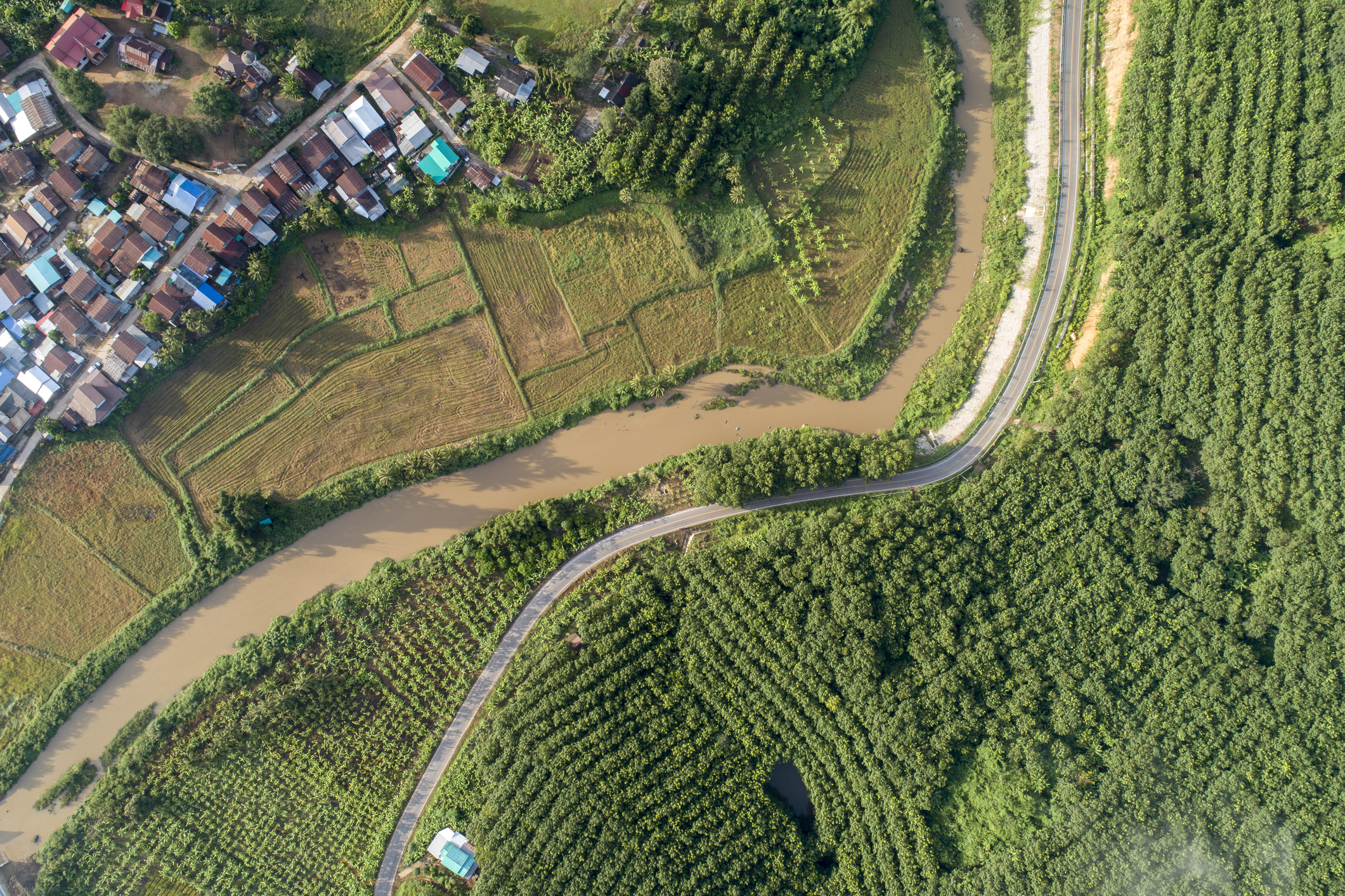
Cost of Surrounding Land
The best way to ensure you are getting a fair quote on your lot is to investigate the costs of similar plots in the area.
Related: The Biggest Signs You’re About to Lose Money on Your Real Estate Investment

Cost of Surrounding Land
This will also help your valuation should you decide to sell your land in the future.
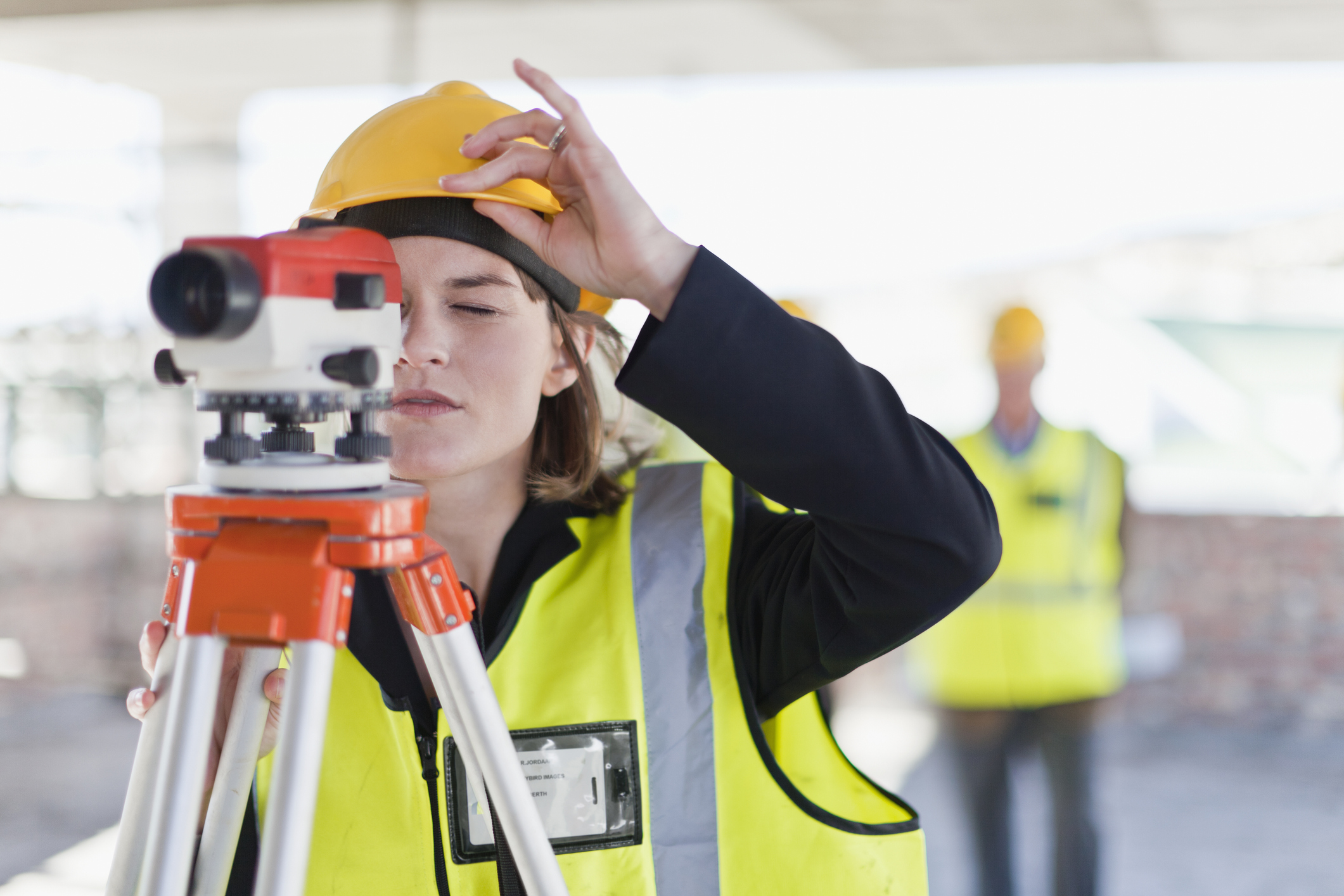
Review a Recent Survey
A land survey is a map outlining your property’s legal boundaries. When buying land, it is important not to rely on a dated survey. A buyer must be named in the survey to ensure the validity of property boundaries and easements.
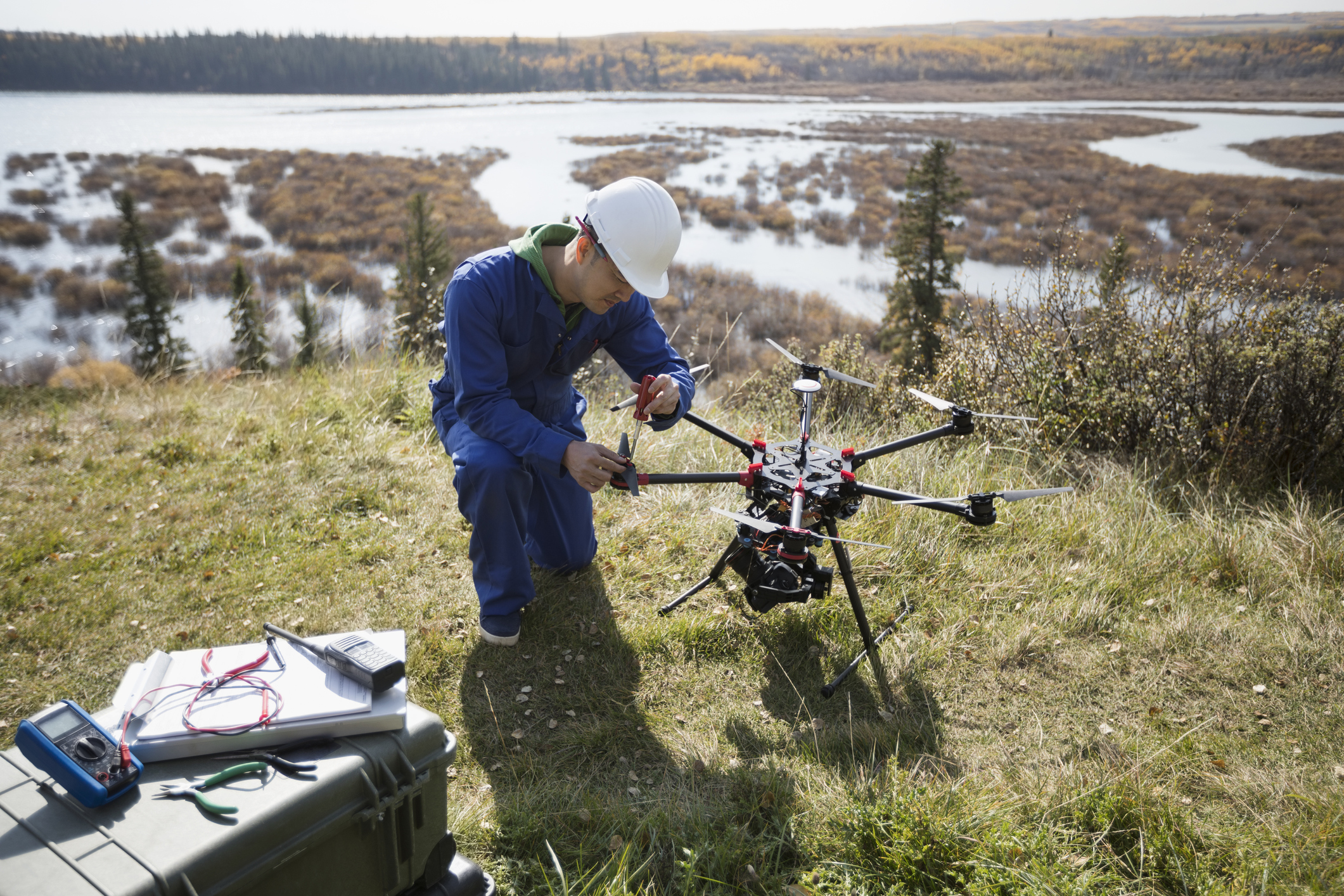
Review a Recent Survey
If there isn’t a recent survey, you’ll want to hire a professional to explain and assist you through this process. The cost of a land survey depends on the size of your lot, but will cost under $2,000 if your lot is under 20 acres.
Related: Why 63% of Millennial Homebuyers Regret Buying Their Home

Cost of Developing Your Land
If you intend to build on your land, there will be some significant financial costs involved in converting your lot into a residence. Paving land is a significant expense. Accessing power lines can also get costly if your land is far enough from established utilities.
Related: The Most Important Lessons About Building From Scratch That No One Tells You
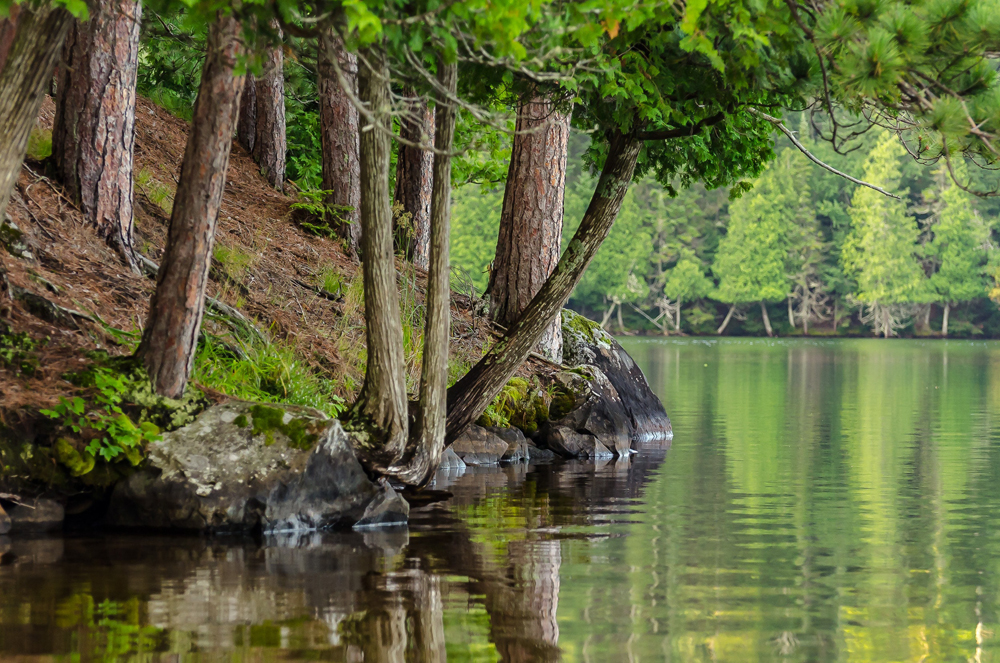
Cost of Developing Your Land
The cost to develop your land can vary greatly, depending on the size of the lot, what you want to build, whether you need to clear the land (of trees, etc.) and more.
Related: 10 Important Things to Consider When Building Your Forever Home

Proximity to Utilities
Building a commercial or residential property on your land means that you need to outfit your real estate with necessary utilities, such as water, phone lines, gas and electricity.
Related: Bryan Baeumler’s Best Tips for Year-Round Energy Saving

Proximity to Utilities
Make sure the land you purchase is near power lines or a water main; otherwise, accessing the nearest utility hub can be costly and inconvenient. If your intention is to build in a remote area, be sure to factor this into your overall budget.

You Need to Pass a Soil Test
If you are not near a municipal sewer system, specialists will need to conduct a test to ensure the soil on the land can handle any leakage from a septic system.

You Need to Pass a Soil Test
You cannot build on the land if the lot doesn’t meet the requirements of this test, so make sure your purchasing deal contains a contingency about a successful percolation test.
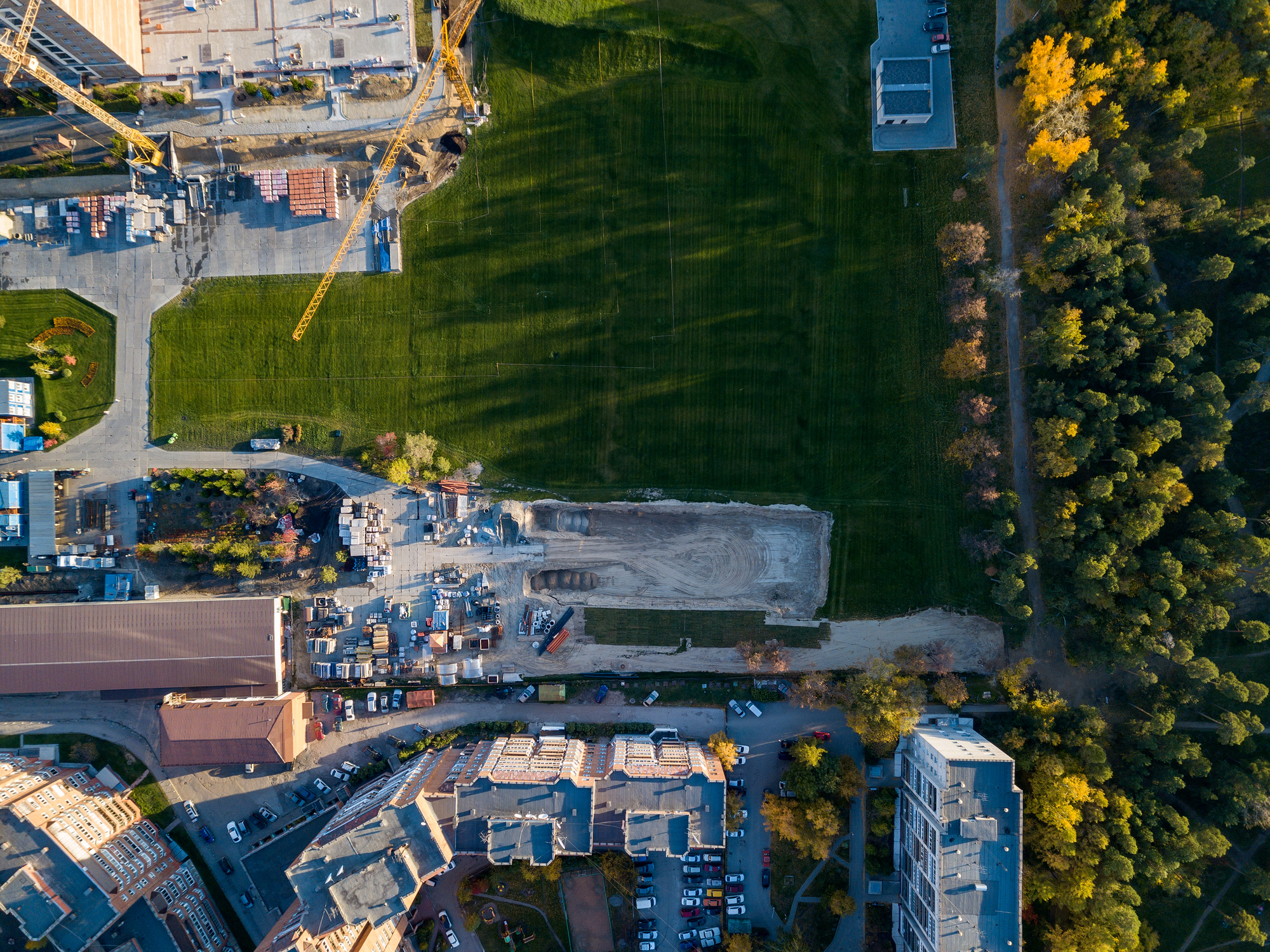
Make Sure Your Zoning is Appropriate
Areas are typically zoned for a particular purpose: industrial, commercial or residential.
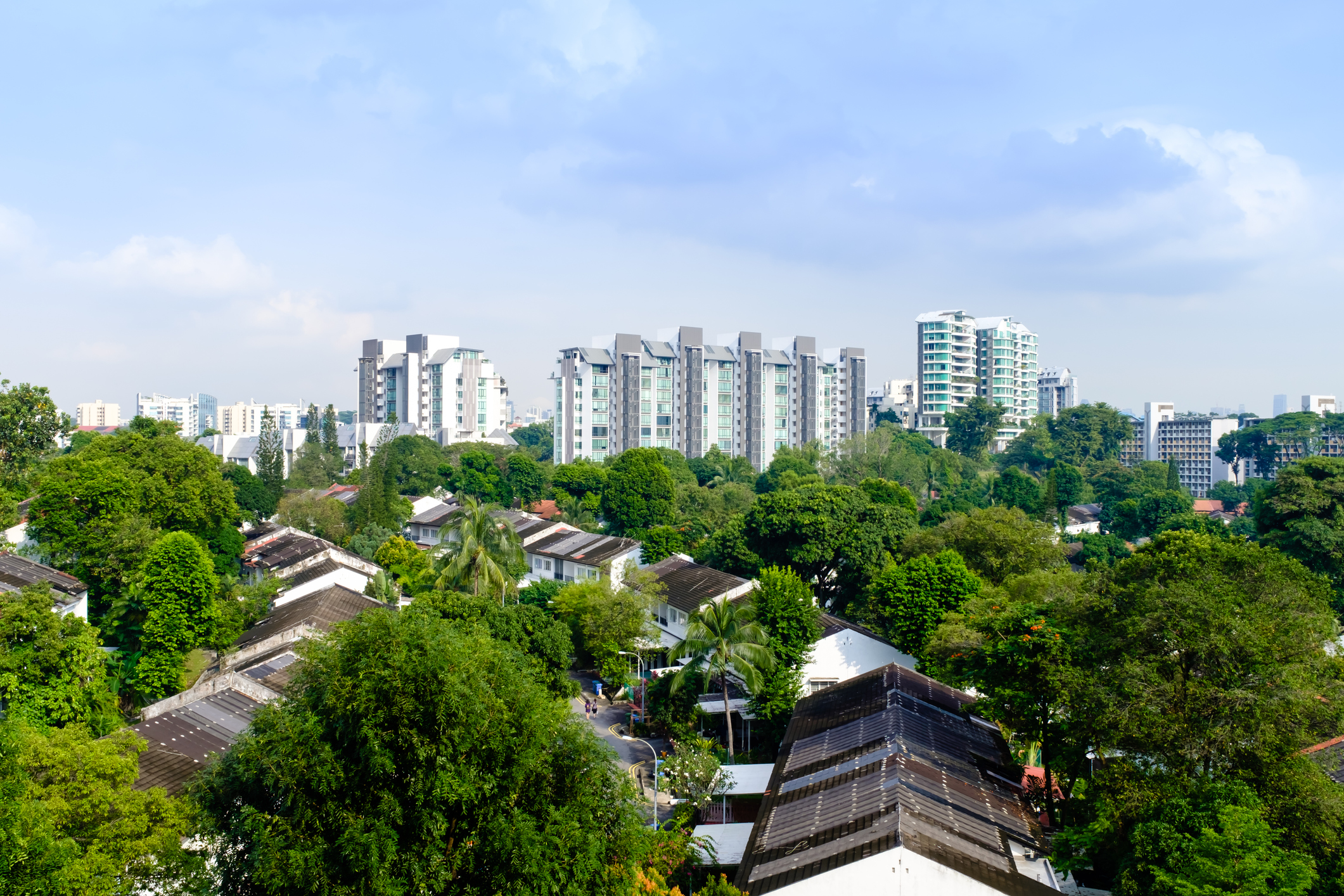
Make Sure Your Zoning is Appropriate
Find out which zoning laws apply to your area of interest; you can rezone your property should you need to, as long as you are well prepared and do the research in advance of the purchase.

Get Your List of Restrictions
Restrictions are valid even when land changes ownership. When talking to your real estate agent, reviewing the restriction history on the property is one of the most important questions you can ask.

Get Your List of Restrictions
Make sure you are aware of the restrictions on your land before purchase. If any of them are dealbreakers (such as the number of vehicles or building a fence), you can still walk away.

Proximity to Roads
When buying land in more rural areas, it is important to have access to a well maintained roadway.
Related: Canadian Houses That Have Nearly Doubled in Value in 5 Years

Proximity to Roads
Should you choose to develop the land, you’ll need reliable access to nearby towns or cities to buy necessities or access services.
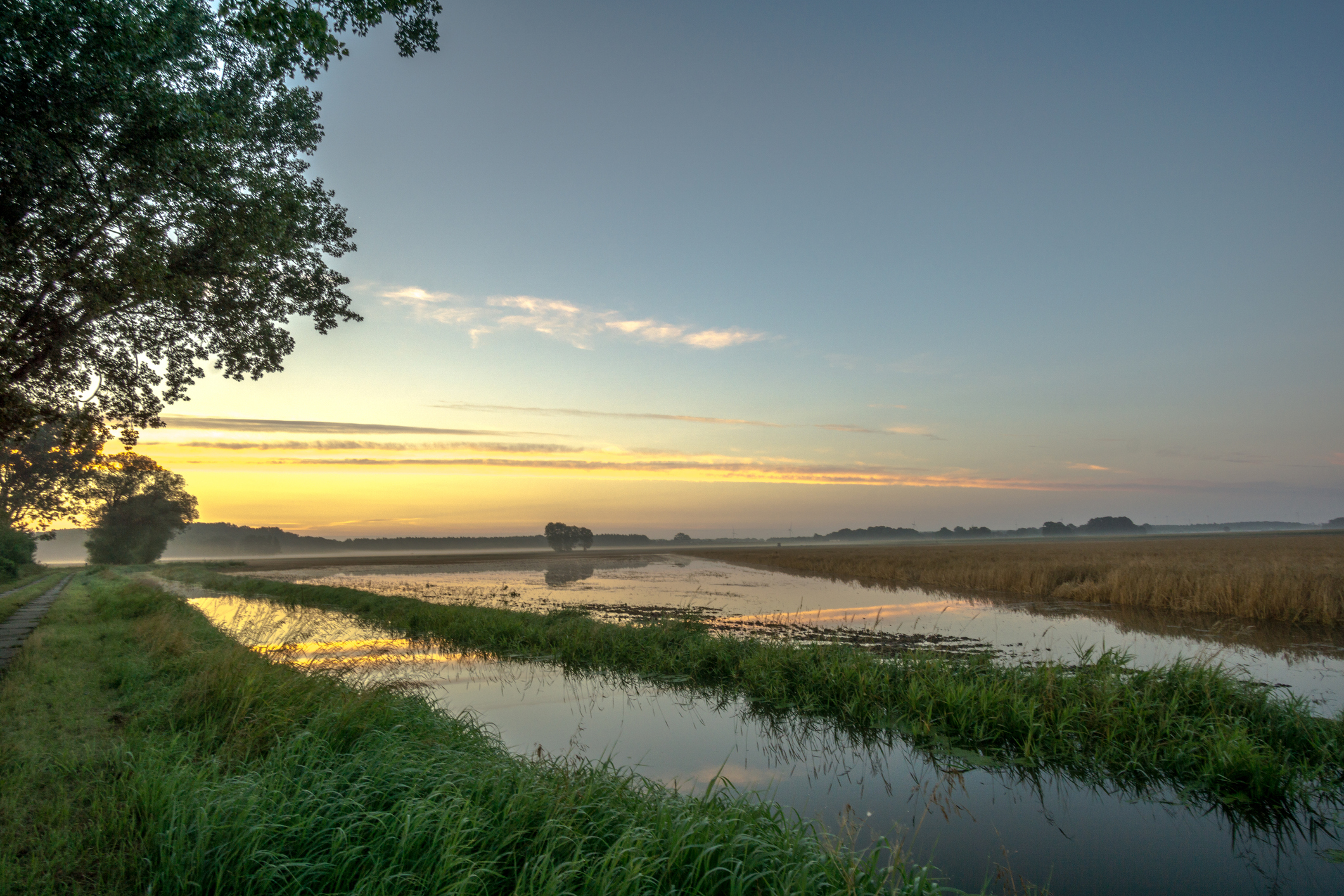
Frequency of Natural Disasters
It’s important to check that your land doesn’t sit within a zone prone to flooding or other common natural disasters.
Related: Bryan Baeumler Opens Up About His Relief Work in Florida Following Hurricane Irma

Frequency of Natural Disasters
Not only is this dangerous for you and your family, if your home is in a natural disaster zone, insurance may not cover the land or the property. Your land survey should communicate any concerns you will have about environmental factors impacting your property.
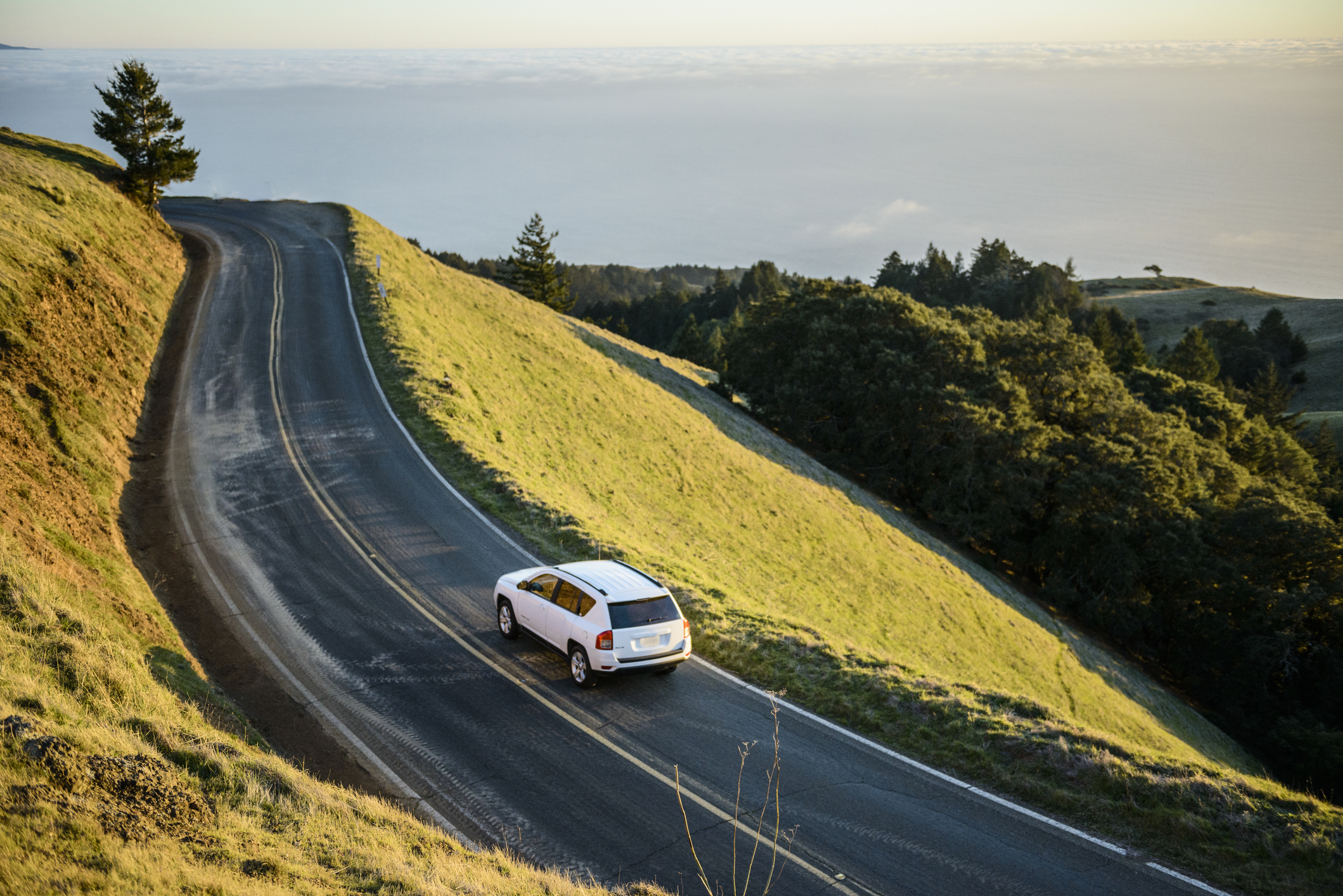
Managing Land on an Incline
Whether your land is flat or sloped presents different opportunities and challenges when it comes to development and resale. Land on an incline is more expensive to develop and requires significant planning when building a residence or business.
Related: Smart Landscaping Ideas Designed to Increase Your Property Value
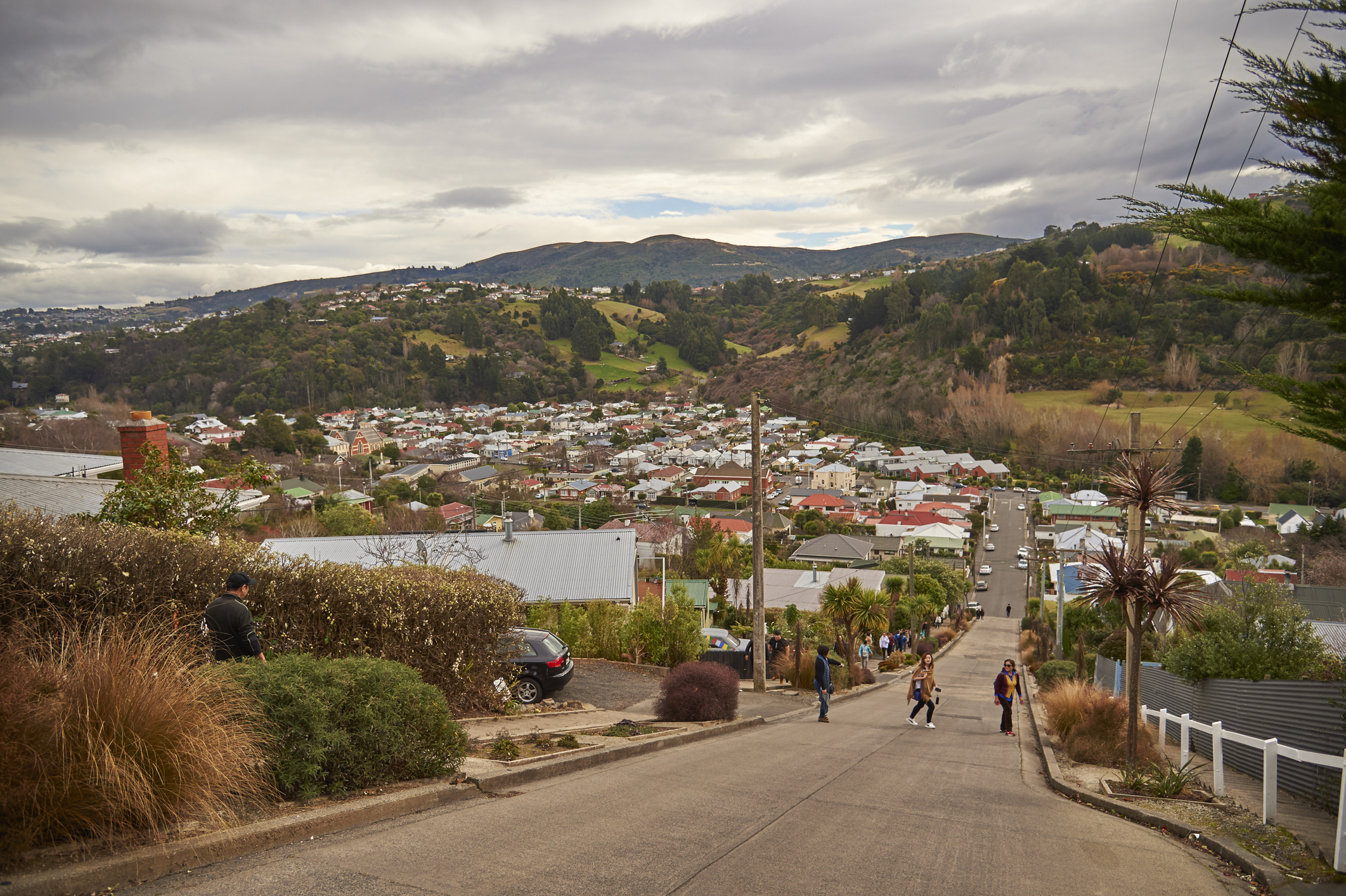
Managing Land on an Incline
You also need to watch out for water runoff if you’re looking to develop at the base of an incline, as you can be prone to flooding or mudslides in rainier climates.
Related: Where You Should Focus Your Budget on Your First Flip, According to Scott
HGTV your inbox.
By clicking "SIGN UP” you agree to receive emails from HGTV and accept Corus' Terms of Use and Corus' Privacy Policy.




